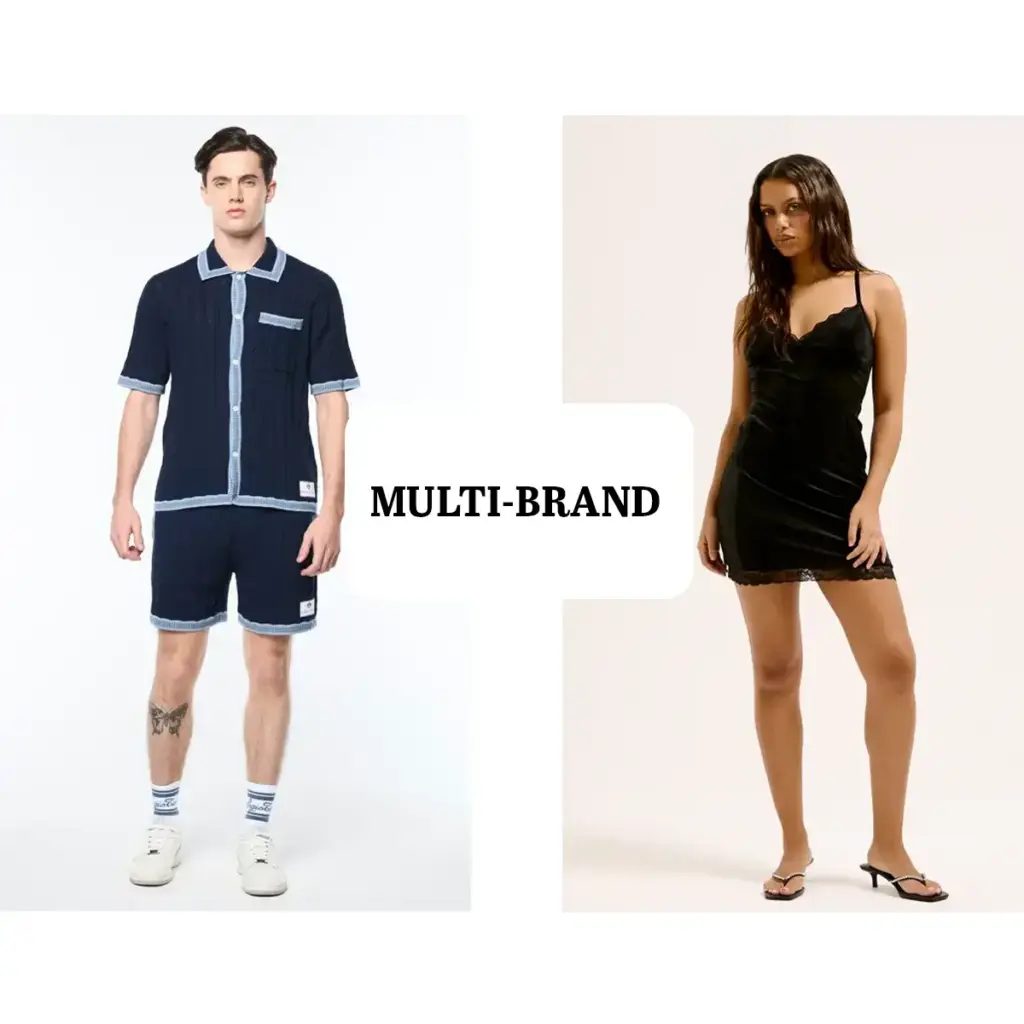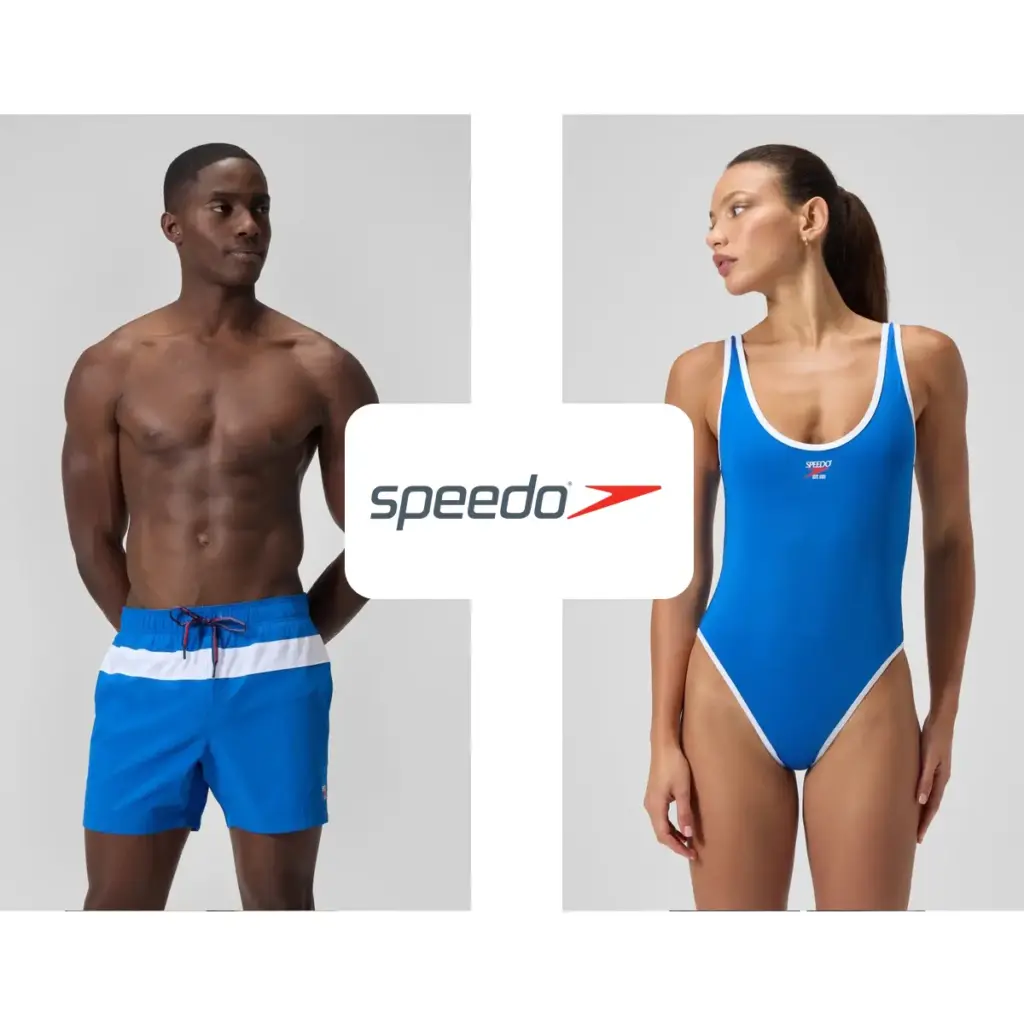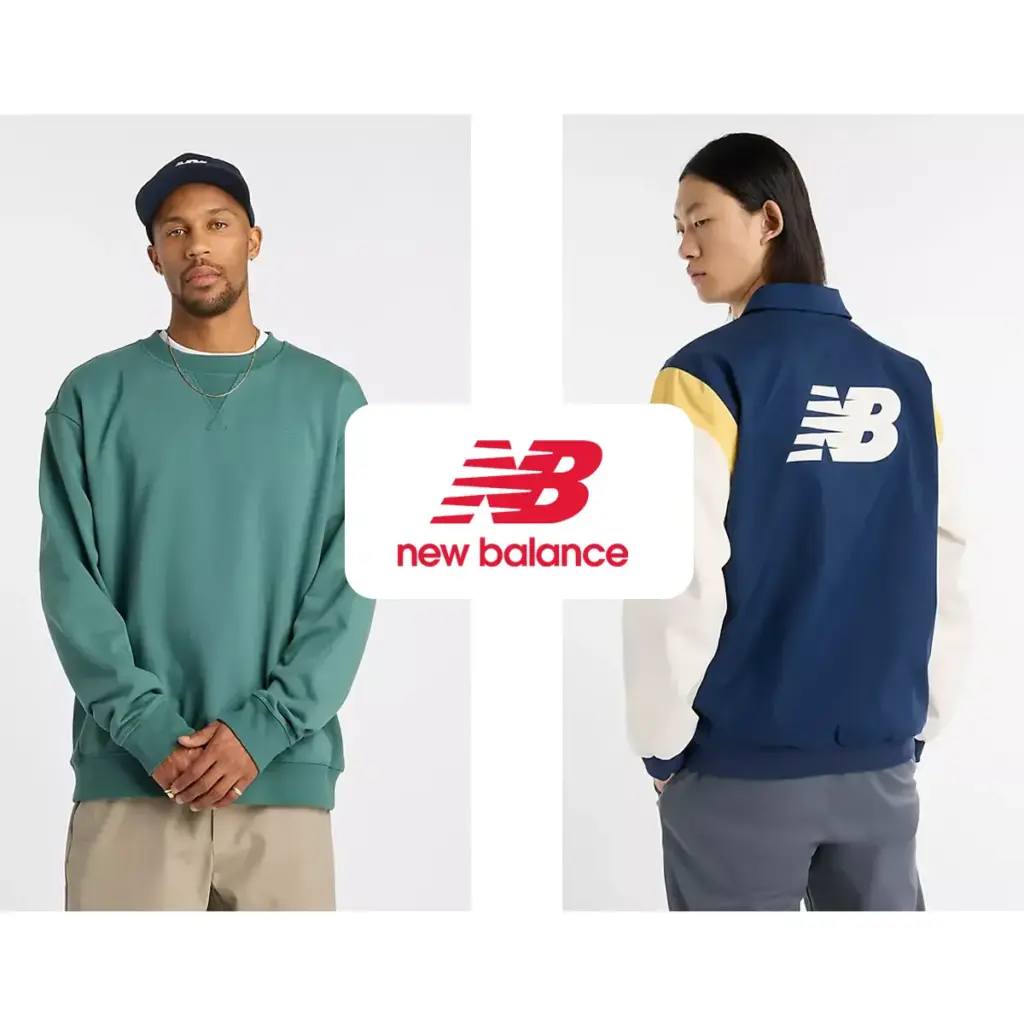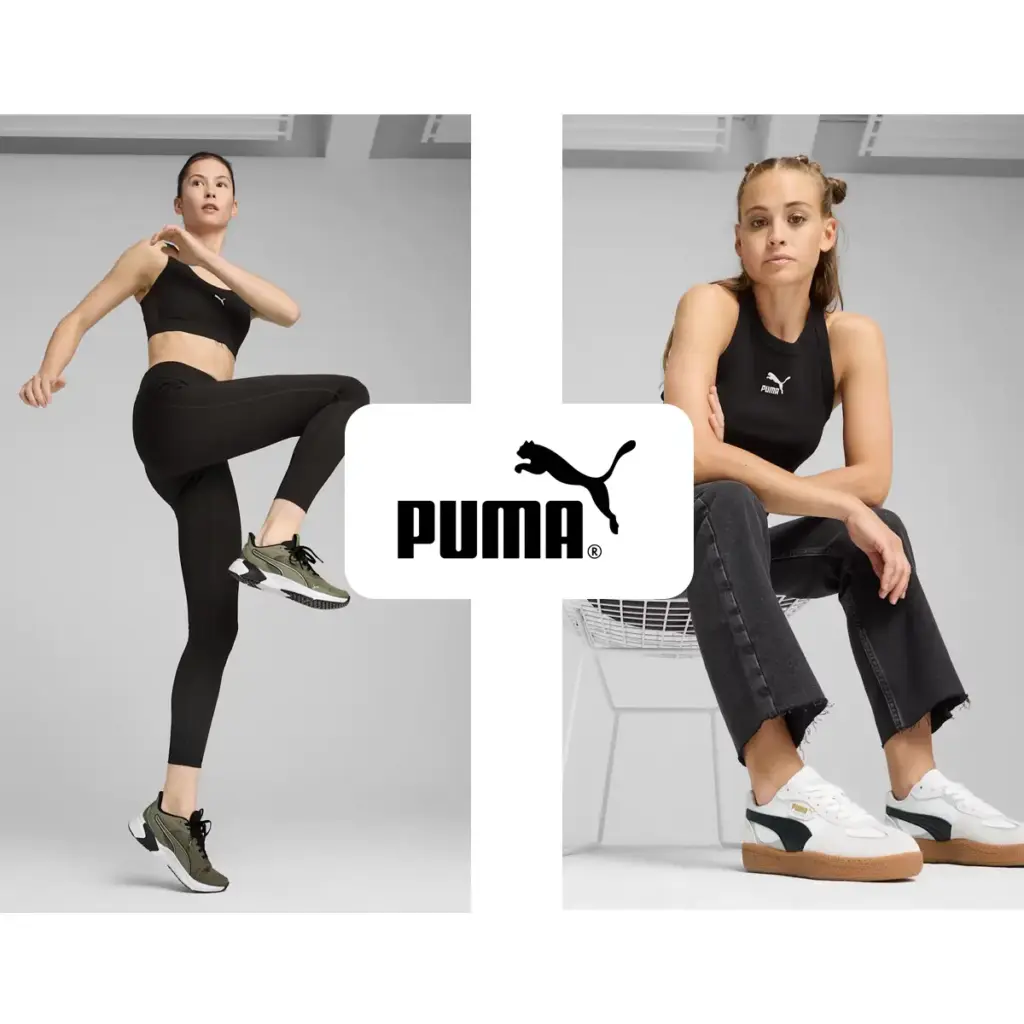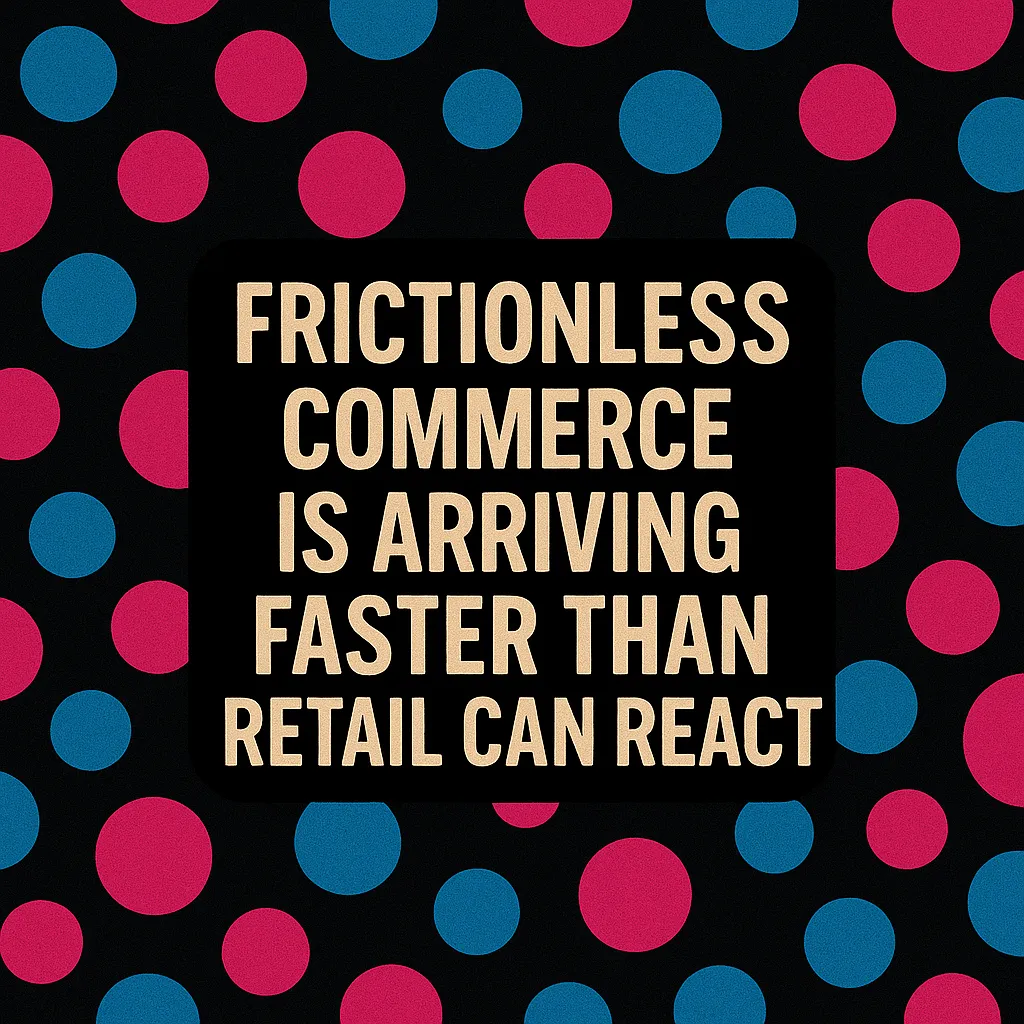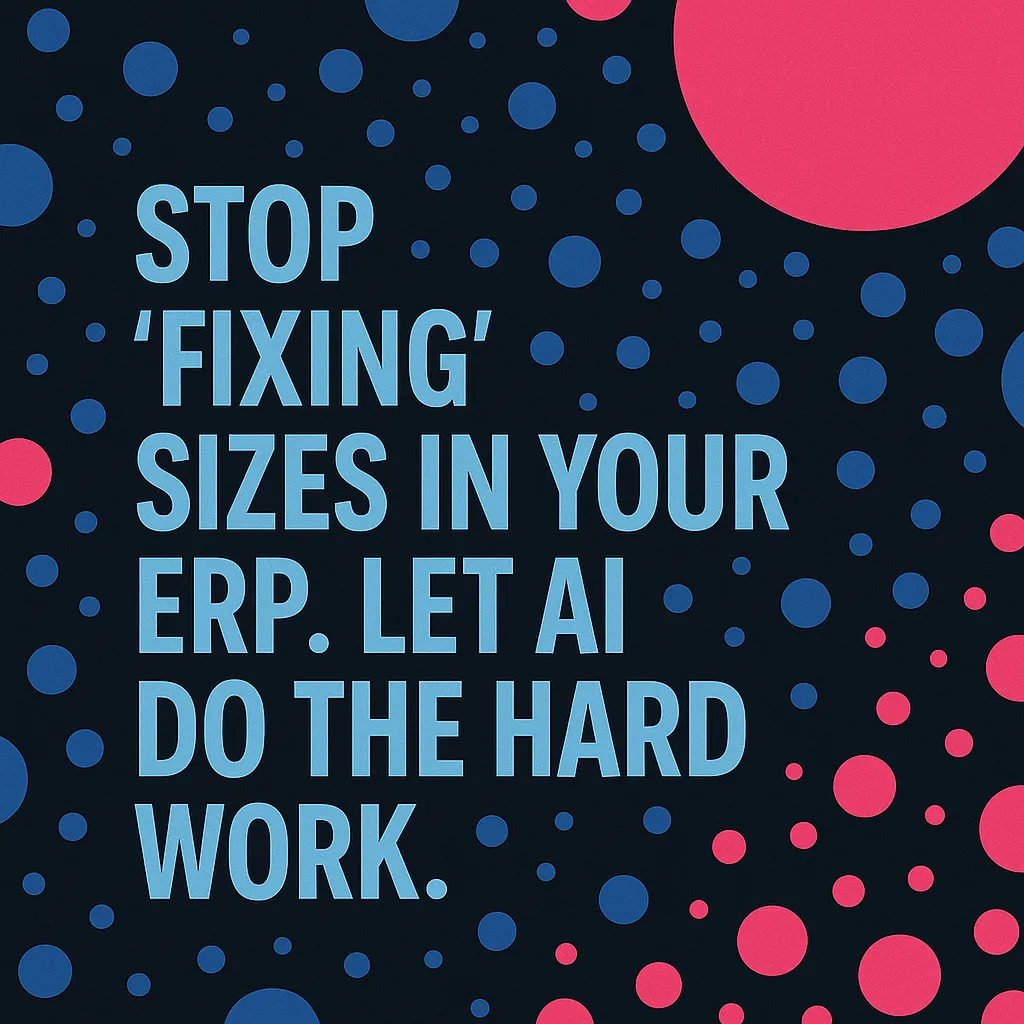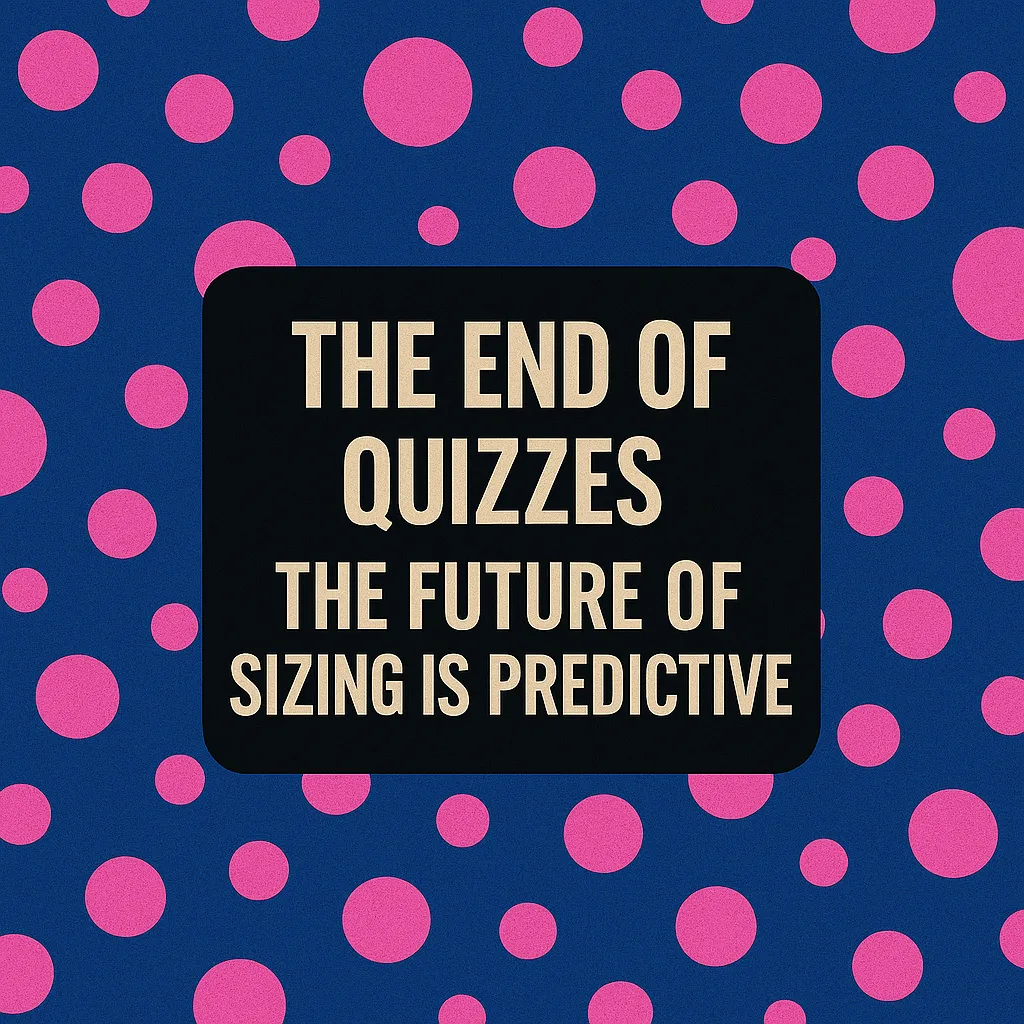What Is an AI Sizing Tool and Why Your Store Needs One in 2026
Online fashion shopping is booming, but one problem persists: fit. Customers hesitate to buy when they’re not confident the garment will fit well. Returns pile up. Margins shrink.
That’s where AI sizing tools come in. These are systems that predict the best size for a customer using machine learning, without relying on static charts or guesswork. With the right tool, you can bridge the gap between shopper uncertainty and confident purchases.
In this post, you’ll learn:
- What an AI sizing tool is (and isn’t)
- The core components and methodologies behind them
- Real-world results you can expect (conversion uplift, refund reduction)
- How Prime AI’s approach stands out
- How to evaluate & choose your AI sizing tool
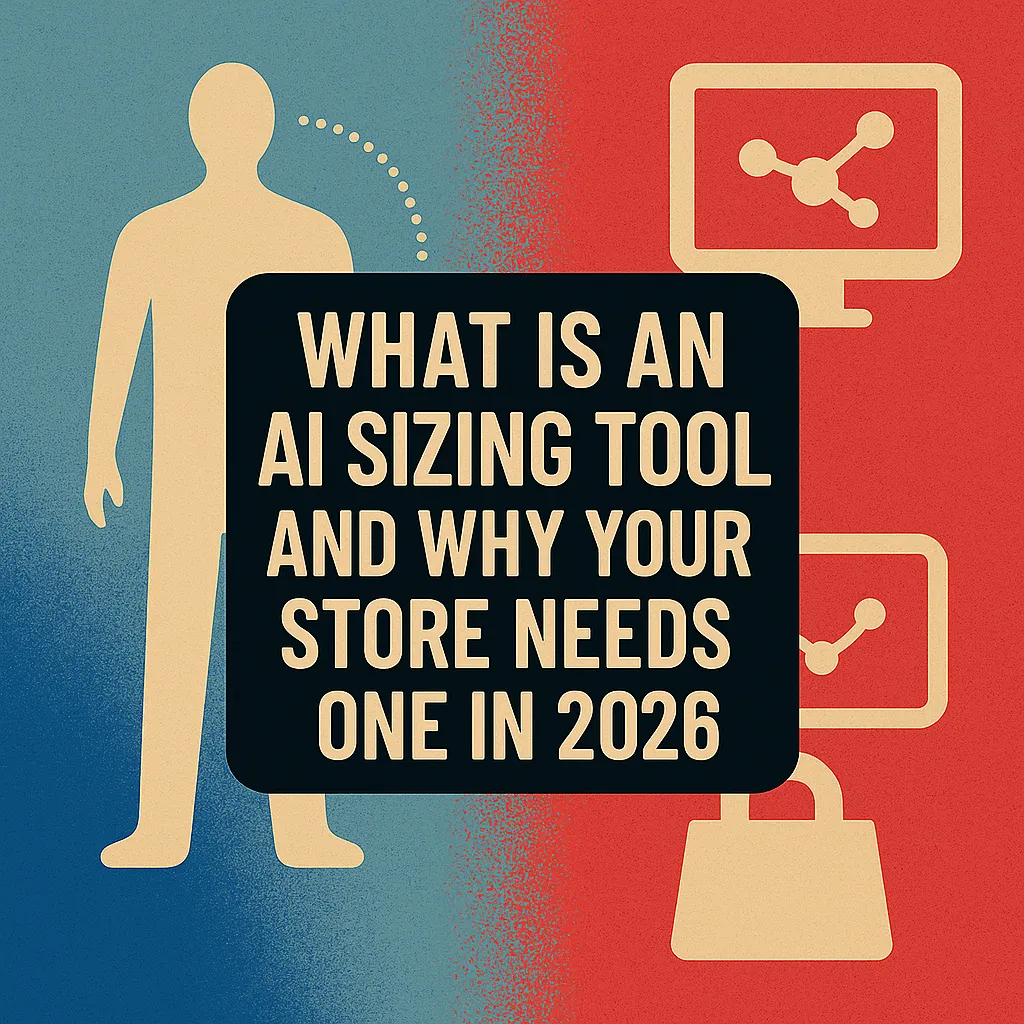
When someone searches “AI sizing tool,” they usually mean a feature on a product page that helps customers choose size intelligently. That might include:
- A quiz interface (height, weight, body shape, etc.)
- Automated size suggestions for returning visitors (no quiz)
- Visual guidance or warnings (“this fit is tight at chest”)
- Integration with returns data to continually refine sizing logic
Often, tools marketed as “AI sizing” are variations of these features. The difference lies in how smartly they work e how much they adapt over time.
What Do Shoppers Mean by “AI Sizing Tool”?
Core Methods Behind AI Sizing Tools
There are a few technical approaches used in AI sizing solutions. Understanding them helps you know what your provider truly offers:
- Quiz-based estimation + clustering
The system asks basic questions (height, weight, body type), then places the shopper in a cluster of similar users. It suggests sizes that worked best for cluster members.
Pros: simpler to deploy.
Cons: less accurate, limited adaptation. - Behavior + returns feedback loops
Over time, the tool learns which size selections and returns were successful or unsuccessful. It refines its predictions. Many modern AI sizing tools use this. - Product-level calibration
The tool does not assume all SKUs share the same sizing logic. It can treat different product lines or even colour variants differently. This is vital for accuracy. - Zero-input / predictive sizing
For returning users, no quiz is needed. The tool predicts their size automatically using past purchase history, returns, and product data. - Optional hybrid vision / photo methods
Some tools integrate body scans or images, but adoption is lower due to friction, privacy, and technical complexity.
In other words: a high-end AI sizing tool should combine quiz logic + real outcome learning + SKU calibration + zero-input to deliver reliable results.
Why Many AI Sizing Tools Fall Short
When you evaluate tools, here are common weaknesses to watch out for:
- Low influence / coverage: Some tools only affect new shoppers or only part of your catalog. That limits impact.
- Rigid logic: They treat all SKUs in the same way, ignoring product-specific fit differences.
- Lack of learning: If the tool doesn’t feed sales and returns back into its model, it can’t improve.
- Lock-in & data limitations: Some tools don’t let you export shopper inputs or push data to your CRM.
- Friction for returning users: If a returning shopper must re-enter information, that defeats part of the benefit.
How Prime AI’s AI Sizing Tool Is Different
Here’s how we built Prime AI’s sizing to overcome common pitfalls:
- Zero Input for Returning Shoppers
Returning visitors get size recommendations instantly, no quizzes, no extra effort, because we use past purchase & return data to predict what works best. - Adaptive Quiz + Outcome Learning
New shoppers still interact via quiz, but our logic continuously learns from real sales + returns + SKU-level behavior. The quiz gets smarter over time. - SKU & Colour-level Calibration
We do not assume a colour or seasonal variant fits identically. Prime AI detects fit deviations at that granularity and adjusts. - Total Propriedade dos Dados & Transparência
Everything your shoppers input and every prediction & outcome is yours. Push it into your CRM or personalization tools via API. - High Coverage = Real Impact
Because we influence 50–80% of orders, not just a slice, our lifts in conversion and refund reduction become statistically meaningful.
What to Look for When You Choose an AI Sizing Tool
When evaluating vendors, ask them:
|
Feature |
Why It Matters |
|
Prediction coverage |
If the tool only influences 20–30% of orders, it won’t move your metrics. |
|
Granularity & SKU logic |
Does the tool adapt per SKU / colour / fit variation? |
|
Learning & feedback loop |
Can it ingest returns & sales to improve predictions? |
|
Zero-input capability |
Returning users shouldn’t have to re-enter info. |
|
Data export & integration |
You want full control of the data—CRM, recommendations, marketing. |
|
Transparency metrics |
Can they show how many users followed recommendations and what return rates those had? |
If a vendor can’t answer those confidently, they’re likely a shallow “checkbox” tool.
Solicite uma demonstração hoje and see how Prime AI stacks up.

